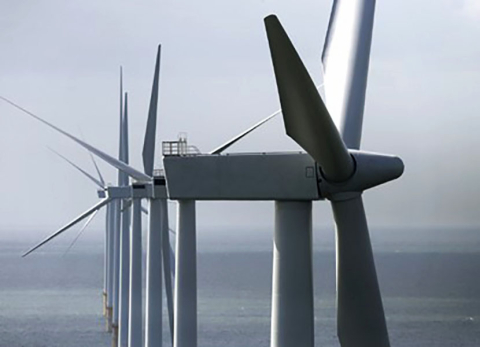
Innovative projects support improving the ability to forecast wind power; demonstrating energy production technologies to reduce cost of offshore wind
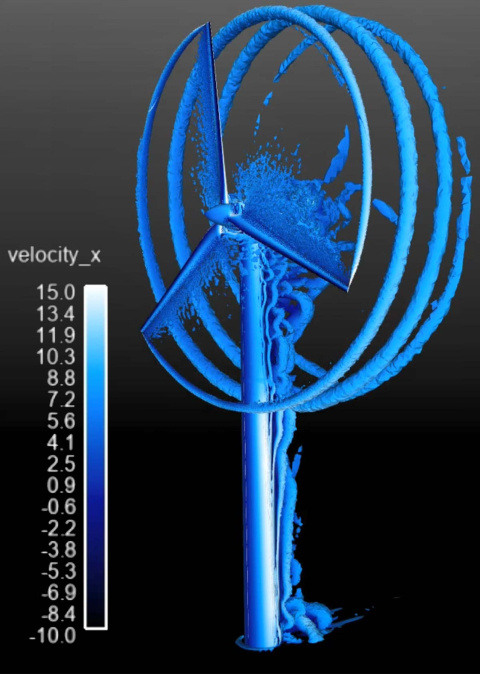
Accurate modeling of interactions between turbines, turbulence, and wakes indicates potential for lower wind plant costs and improved efficiency.
Wake steering field trials reveal potential for wind-plant-level control to increase annual energy production 1%–2% and profits by $1 million.
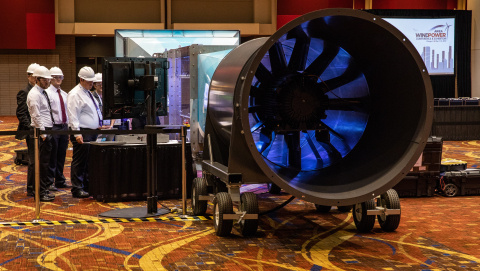
In 2018, a team at the National Renewable Energy Laboratory designed and built the CWC's second-generation wind tunnel.
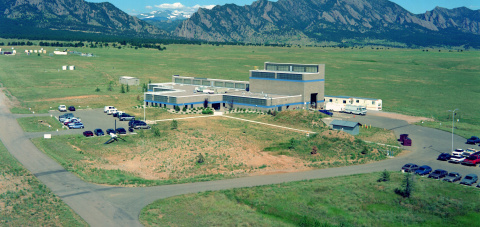
WETO is requesting public input on facility and infrastructure funding at the National Wind Technology Center.
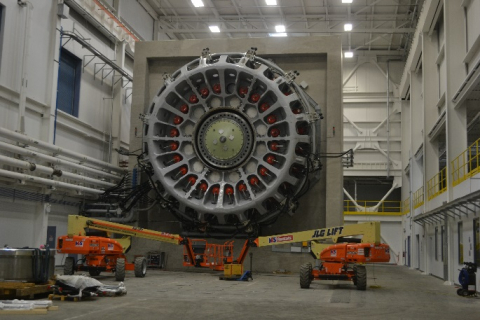
MHI Vestas announced a 5-year funding with Clemson University to test its new 9.5-megawatt gearbox at Clemson's SCE&G Energy Innovation Center.
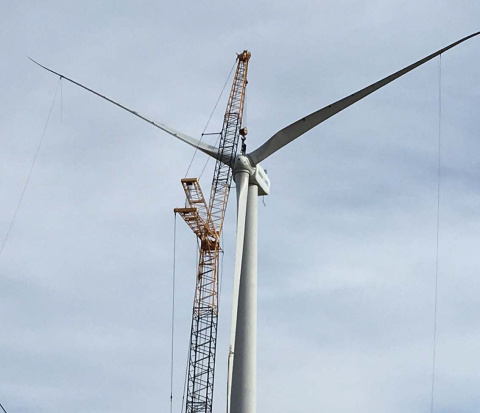
Although wind energy costs have declined, premature drivetrain failure still can lead to higher-than-expected turbine operation and maintenance costs.
Primus Wind Power achieved certification in February 2018 of its Primus Air40 wind turbine model.
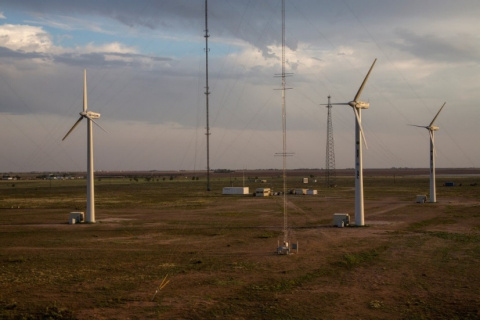
An experiment successfully demonstrated that the wake from an upwind turbine can be steered away from a downwind turbine by yawing the upwind turbine.
Wind turbine manufacturer MHI Vestas announced a $35 million, five-year investment with Clemson University to test its new 9.5-MW gearbox.

